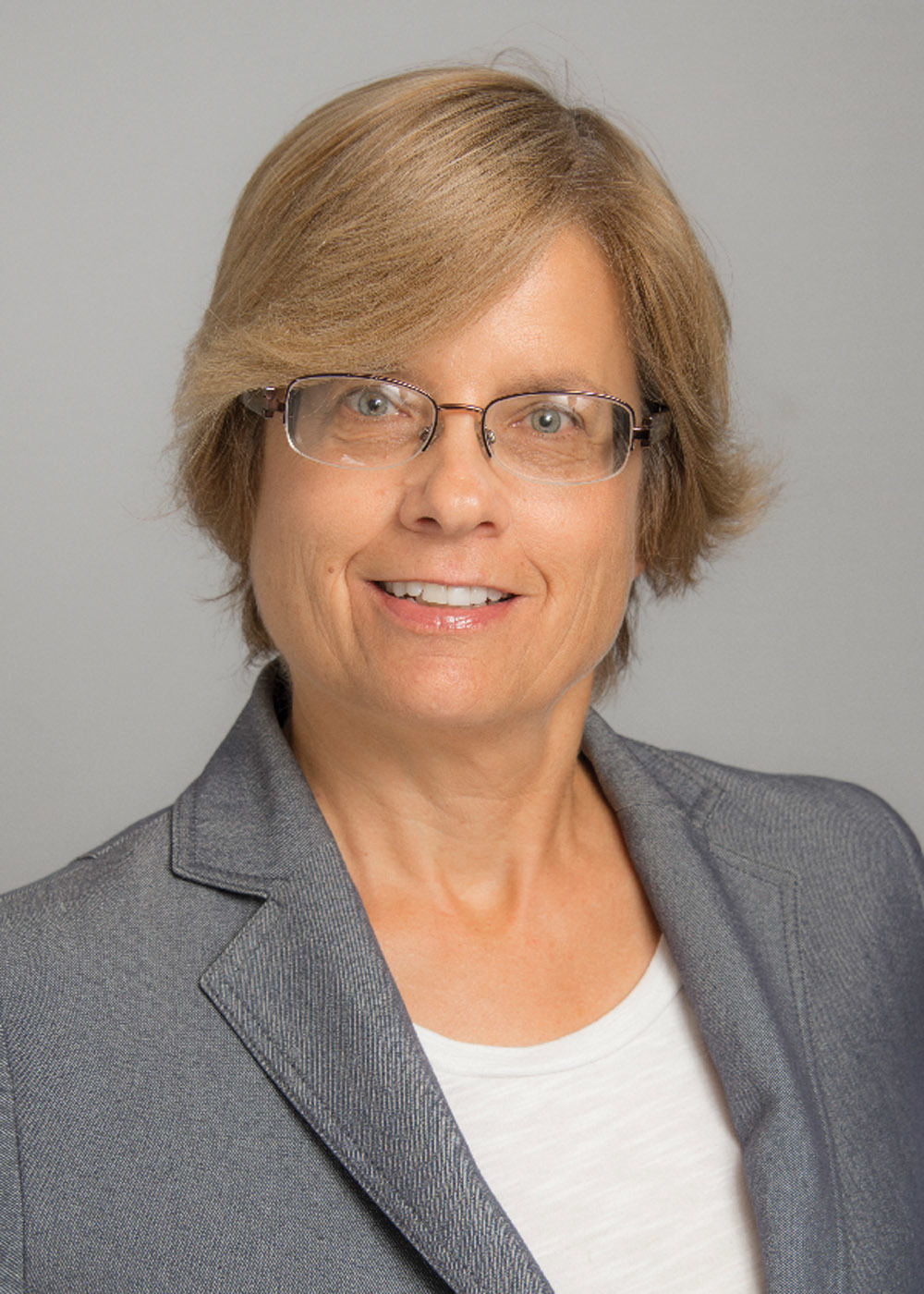Great Lakes Water Utilities Compete to Reduce Air Emissions in an AWWA Program
The Water Utility Energy Challenge puts five utilities into competition to reduce air emissions that come from their use of electricity.
Popular Stories
Discussion
Comments on this site are submitted by users and are not endorsed by nor do they reflect the views or opinions of COLE Publishing, Inc. Comments are moderated before being posted.






